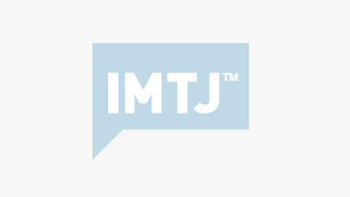President Obama has announced the first ever national strategy on travel and tourism to boost travel to the United States and make it the number one destination. This could benefit the high-end medical tourism trade.
The number of travelers from emerging economies with growing middle classes, such as China and Brazil, is projected to grow by 135%, and 274% respectively by 2016 when compared to 2010.
The USA share of global international tourism earnings has declined from 17% in 2000 to 11% in 2010, with travel restrictions following September 11 often pointed to as one of the reasons for the decline. The latest global figures for 2011 show receipts were up significantly in the USA (+12%), while the top spenders were led by emerging source markets: China (+38%), Russia (+21%), Brazil (+32%) and India (+32%).
President Obama will charge several government agencies to effect new initiatives to significantly increase travel. Some of the initiatives include: a new pilot programme and rule change for visa processing in China, Brazil, Argentina and Chile; and other improvements to the entry process for international guests.
The USA is perceived by many in the medical tourism sector as a rich source of outbound patients, rather than a deliverer of care to inbound patients. But the latest figures show that the US is the biggest medical tourism destination in the world. Some of this business is from nearby countries that have poor medical facilities, such as people from the Caymans and the Bahamas going to Miami for treatment and patients travelling from Caribbean, South and Central American countries. Canadians and Mexicans also go to the US for treatment that is either not available or has a long waiting list at home.
There are also the well-off medical tourists from millionaires to state leaders, who go to top of the range hospitals that are globally renowned for their specialities. When the ruler of Saudi Arabia went for treatment at the New York Presbyterian Hospital, his entourage occupied an entire floor.
Many American hospitals now offer VIP facilities for rich patients from home and overseas. The Mount Sinai Medical Center only has 19 rooms in the VIP area, but 30% of patients come from overseas.
Johns Hopkins Medicine International offers international patients a medical concierge to arrange all aspects of the medical visit, paying special attention to your personal, cultural and travel-related needs. It also provides language interpretation, assistance with travel arrangements and other help. For Canadian patients, it works with Medcan Clinic to offer a convenient way for Canadians to connect with specialist care and expertise and benefit from pre-treatment checks and aftercare.
With this new push to make the US travel and tourism industry the focus of economic recovery, top hospitals in the USA will look to new patients from China and Brazil, plus reviving the numbers from the Middle East who have been affected by the complex and length process of gaining visas.








 ©2024 All rights reserved LaingBuisson
©2024 All rights reserved LaingBuisson 


